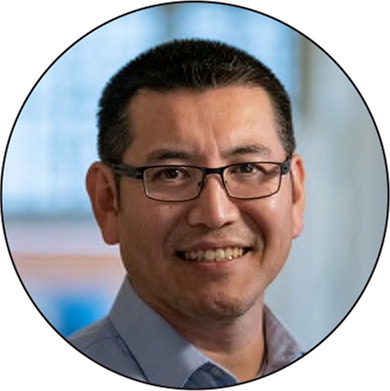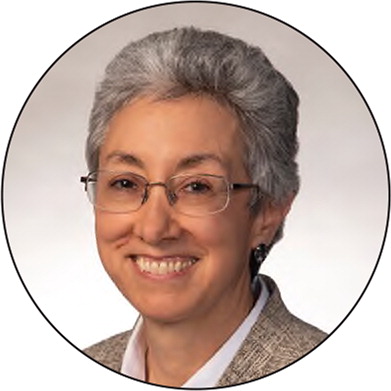
Am Fam Physician. 2020;102(8):460
Author disclosure: No relevant financial affiliations.

7:45 a.m.
Tears welled from my eyes thinking about a patient who died this morning from COVID-19. She died alone in a busy hospital, despite her husband's plea to visit her. I have 25 patients with presumed COVID-19 on my schedule, so I collected myself and picked up my stethoscope.
8:00 a.m.
At the respiratory clinic, I noticed an oxygen tank set up. My eyes followed the clear vinyl tubing to a woman sitting in a tripod position. She presented with 10 days of fever and a worsening cough. Her room air saturation was 89%. The patient was refusing to go to the hospital because she feared she would die there. I feared it too.
12:45 p.m.
I grabbed a handful of almonds for lunch just as I received a notification on my phone – “Notice of patient death.” How do I tell my team that five of our patients died in the past 72 hours? I am currently the only physician at my community health center who can sign a death certificate online, so I need to do this quickly. Families should not have to worry about administrative forms while grieving. It's one of the last acts of kindness I can do for my patient.
6:00 p.m.
A patient is angry that she can't see her doctor in person. She lectures me through the phone, “If doctors are so afraid of catching COVID-19, they should not have become doctors.”
8:00 p.m.
I received an email from my sister, who is an internist in New York City. Her husband is a pulmonologist, and they have three children under the age of nine. She wrote, “If something happens to us, it has to be [you] who take the kids.”

8:30 a.m.
It's been two months since Ohio “locked down.” I arrive at the office and note that my schedule looks a little busier, but it is definitely not full. I am grateful that patients are starting to feel comfortable enough to make appointments to see me.
9:30 a.m.
A middle-aged woman presents with a fluctuant, warm mass over her left scapula. She has obvious neurodermatitis and admits to picking and scratching the area before it became infected. She mentions that her brother and father recently died within the same year. I incise, drain, and pack the wound; give her antibiotics for the surrounding cellulitis; and schedule her for a follow-up tomorrow to address her psychological concerns. My certified medical assistant trainees, who are premedical students doing a gap year with me, enjoy watching the procedure. They both had to reschedule their MCAT because of the pandemic.
11:00 a.m
A rarity these days is a new patient on the schedule: a woman with dementia who needs a history and a physical examination to be admitted to an assisted living facility. She struggles with wearing her mask, so I help her. As I review her previous medical records supplied by her brother, I see that the woman has her mask off and is applying lipstick.
11:30 a.m.
I head to the parking lot for one of my two visits that will take place there today. If it rains, my medical assistant holds the umbrella over us. So far, I have had only two positive COVID-19 test results out of about 30 patients that I have tested.
3:00 p.m.
After presenting another impromptu lecture on the pandemic to my students, our first patient of the afternoon finally shows up. Office visit volume has improved by 50% since our low point. I have never experienced this lack of demand, and I miss my patients. The office manager, my husband, has calculated how many patients we need to see per day just to meet overhead costs. The number needed to treat is 12. Today, I am at minus two patients.
